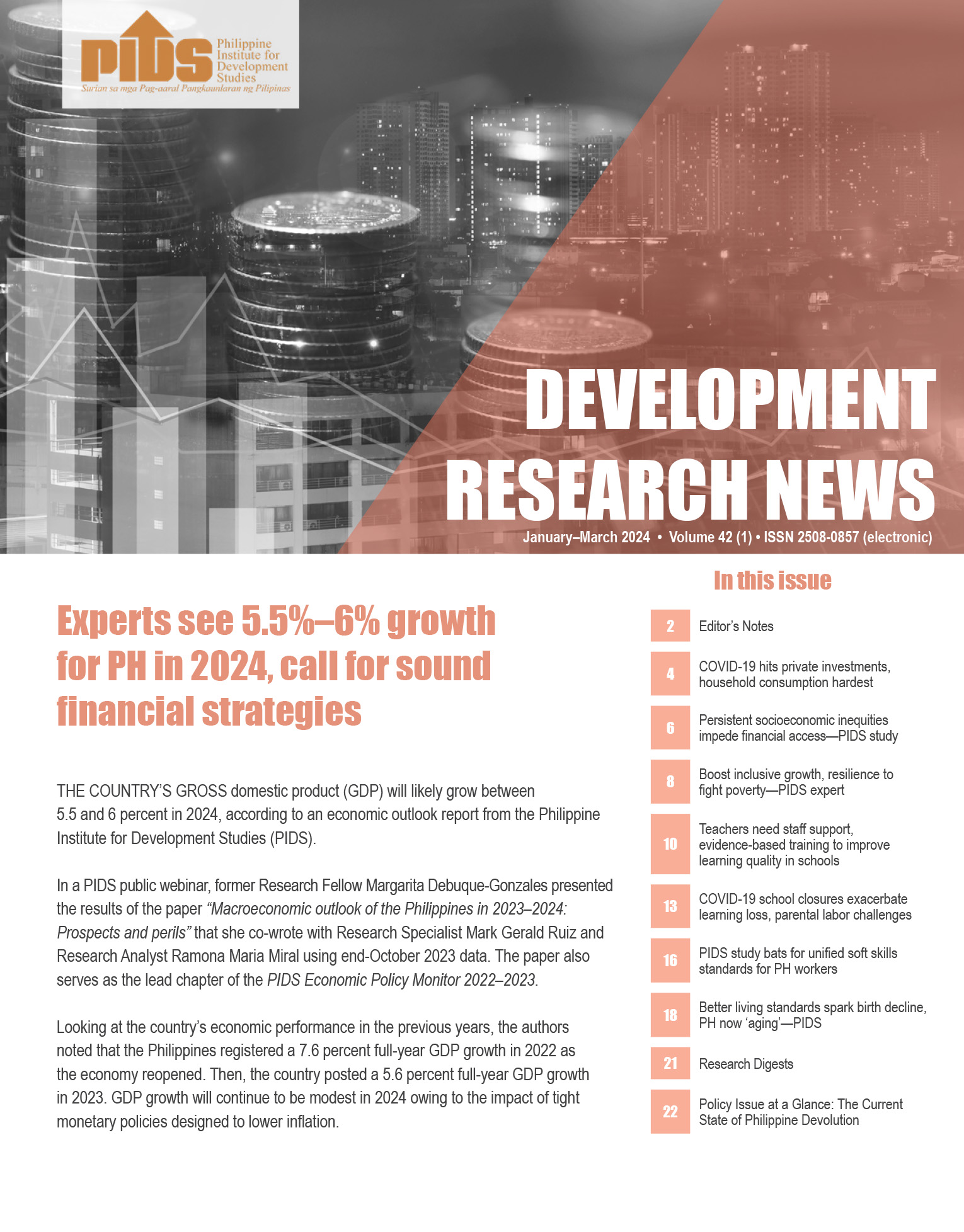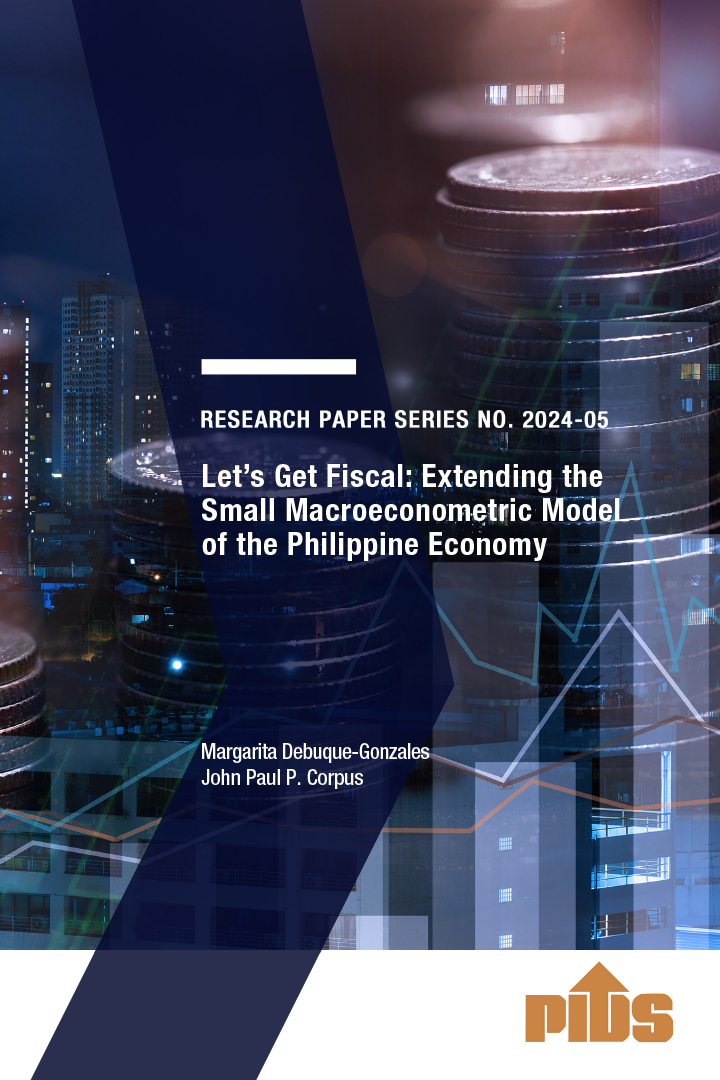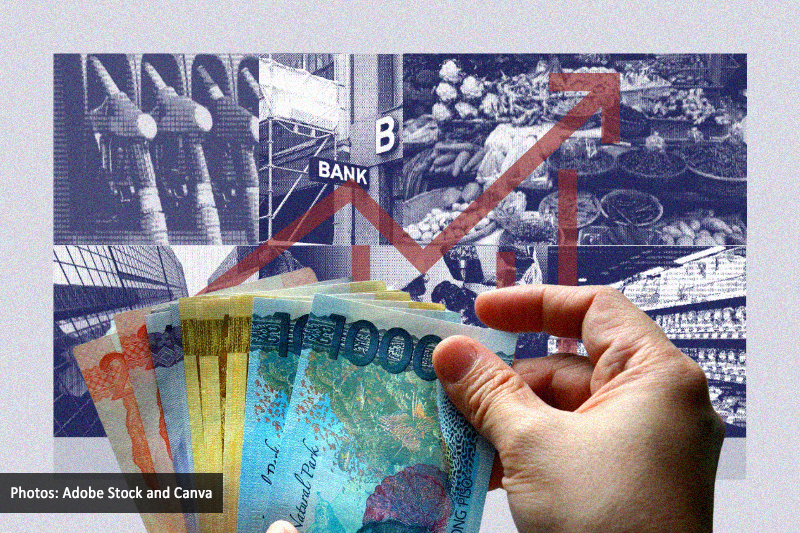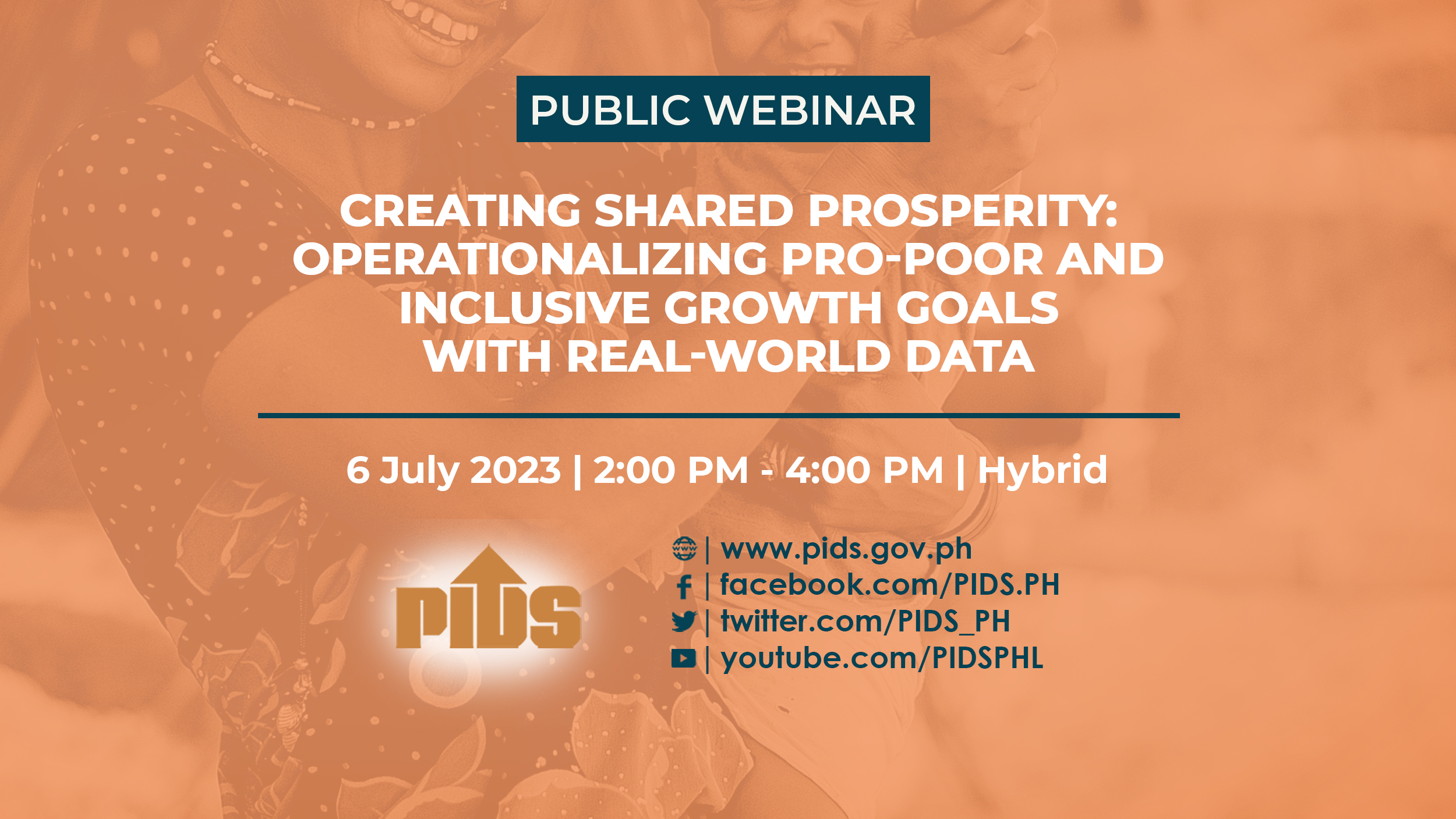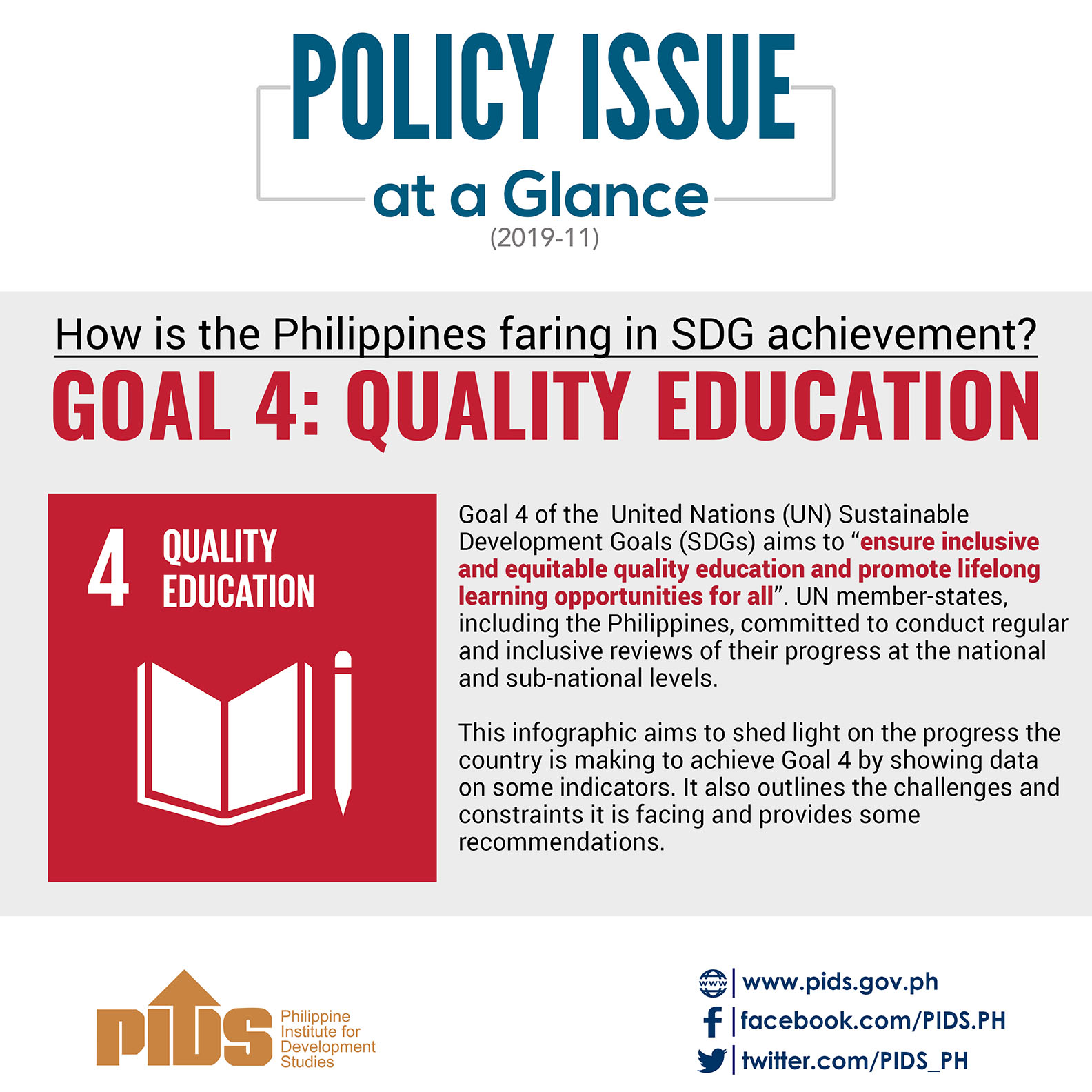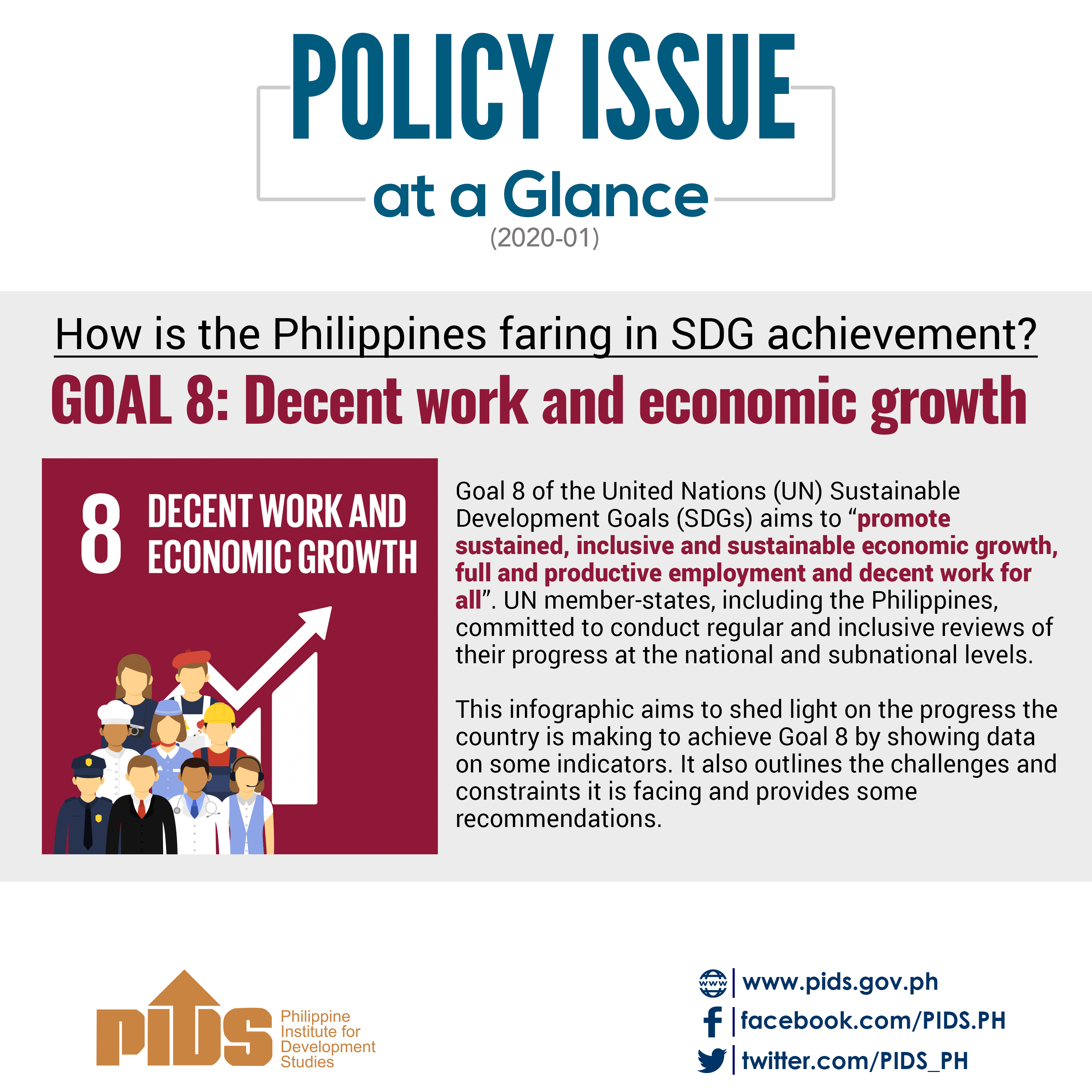Efforts to track and meet Sustainable Development Goals (SDGs) at the local government unit (LGU) level should be intensified, according to a study released by the Philippine Institute for Development Studies (PIDS).
In a study titled Assessment of the Provincial/NCR Local Government Unit Result Matrices (P/NCR LGU RMS) in the Localization of the Philippine Development Plan (PDP) 2017-2022 and the SDGs, PIDS researchers led by Charlotte Justine Diokno-Sicat found only 37 percent on average of priorities of LGUs are aligned with the SDGs.
These indicators can be found in local development plans, particularly in human capital development; economic opportunities in agriculture and fisheries; safe, efficient, reliable, cost-effective and sustainable infrastructure facilities and services; ecological integrity and socioeconomic conditions of communities improved; and vulnerability of individuals and families reduced.
“Information dissemination and education could be improved since some LGUs believed the exercise was for the national government to impose their priorities on local governments. The exercise should be presented as a way of recognizing the contribution of LGUs to national development,” the researchers said.
Based on the data, the researchers found that, on average and without taking into consideration numbers from the National Capital Region (NCR), 41 percent of indicators monitored at the local level were aligned with the SDGs.
This is composed of 127 indicators on average that are aligned with the global goals. The number of indicators, the researchers said, may be overstated “because of associating local indicators with the 151 Tier 1 SDG indicators even if these are not the actual indicators but similar.”
Of the 151 Tier 1 SDG indicators, the researchers noted, only 68 that could be disaggregated to the regional level and 33 indicators can be disaggregated to the provincial level.
The data showed that Region 12 or the Soccsksargen region had the highest percentage of indicators associated with the SDGs at 69 percent, while the lowest, not including NCR, is 13 percent recorded in Region 6 or Western Visayas.
In terms of absolute number of indicators aligned with the SDGs, Region 12 had 231 indicators while it was only 58 in Western Visayas.
Data for NCR or Metro Manila showed that there are 127 indicators locally that are aligned with the SDGs. This only represents 10 percent of all indicators in the local development plans in the region.
“The results matrix is a powerful tool that could help identify priority areas, monitor progress in these areas, collectively inform strategic investments, and surface areas that LGUs may need oversight support from the national government,” the researchers said.
Earlier, a report released by the Asian Development Bank (ADB) showed that the Philippines is only on track to meet two of the 17 SDGs.
The country ranked 99th out of 166 countries in terms of its efforts to meet its SDG commitments. It received a score of only 65.5 percent in the index.
The report noted that the country is only on track to meet SDG 1 on eradicating poverty where major challenges still remain and SDG 13 on Climate Action where challenges persist.
Based on the report, the Philippines’s performance in meeting the goals is decreasing or regressing in SDG 4 on quality education where challenges remain and SDG 15 on Life on Land where significant challenges remain.
Around 193 United Nation member-countries like the Philippines committed to meet the SDGs by 2030. The SDGs were adopted in September 2015.
Study calls for ‘grassroots’ monitoring of SDG goals

